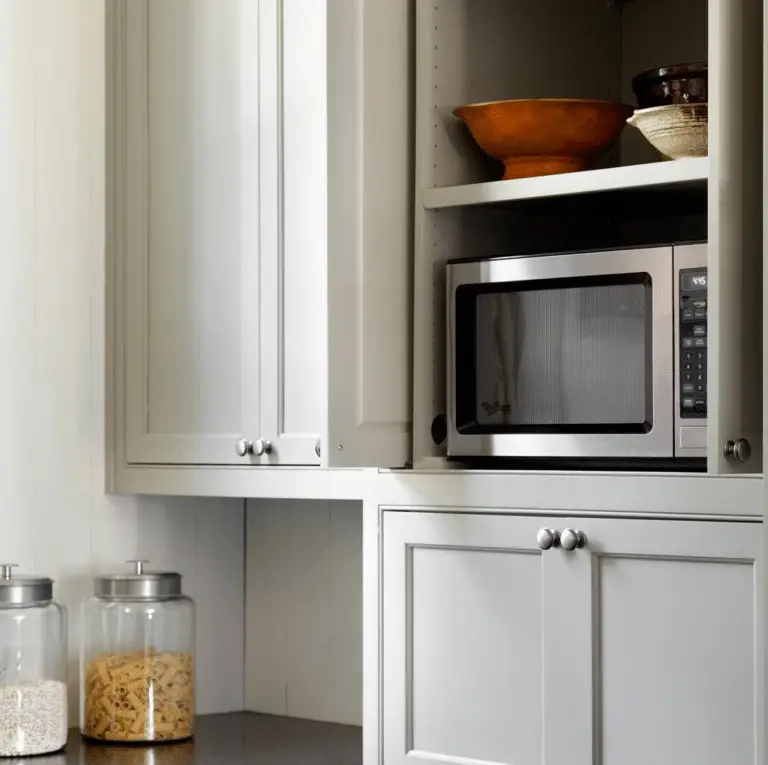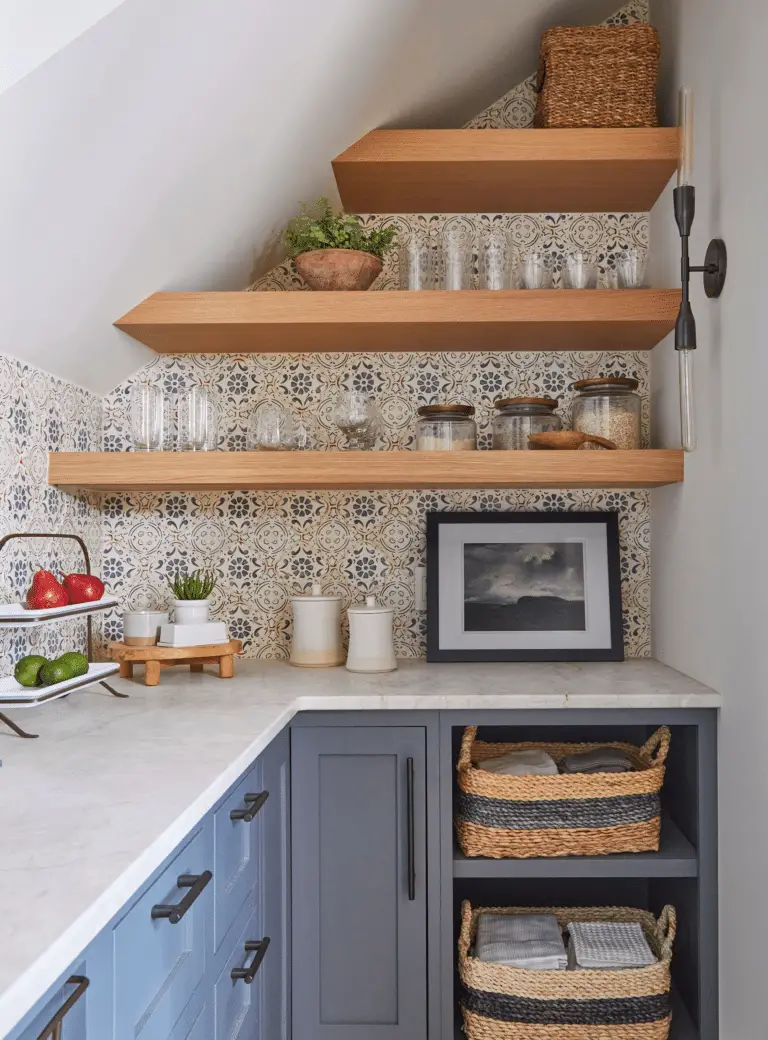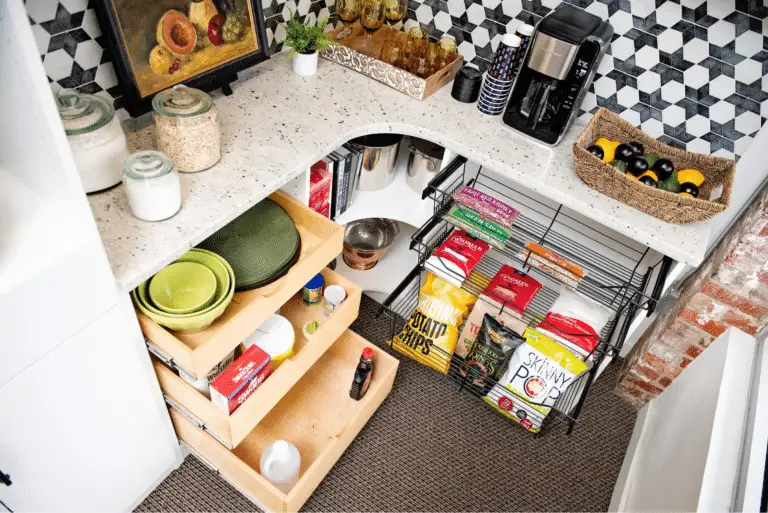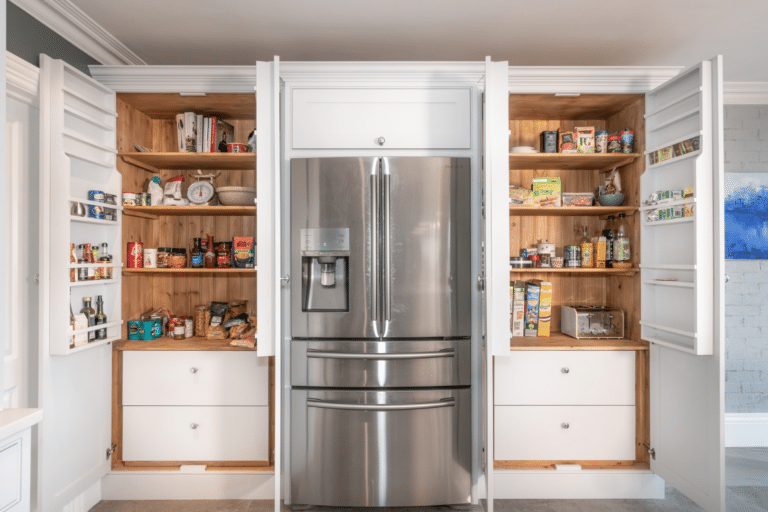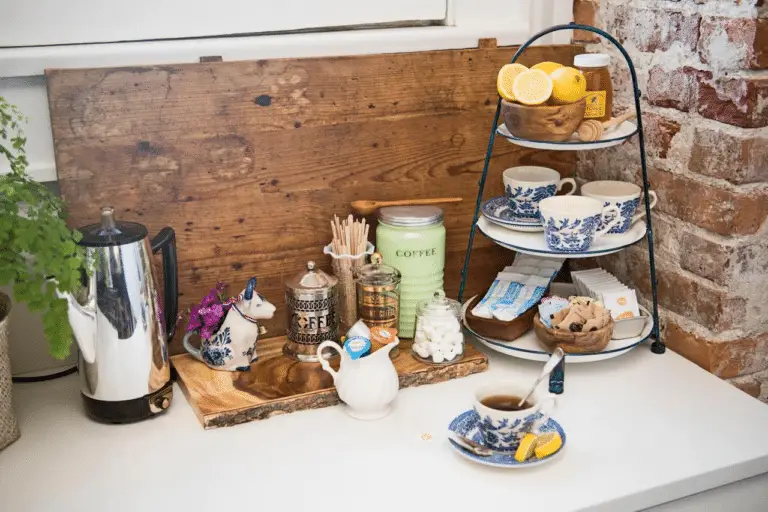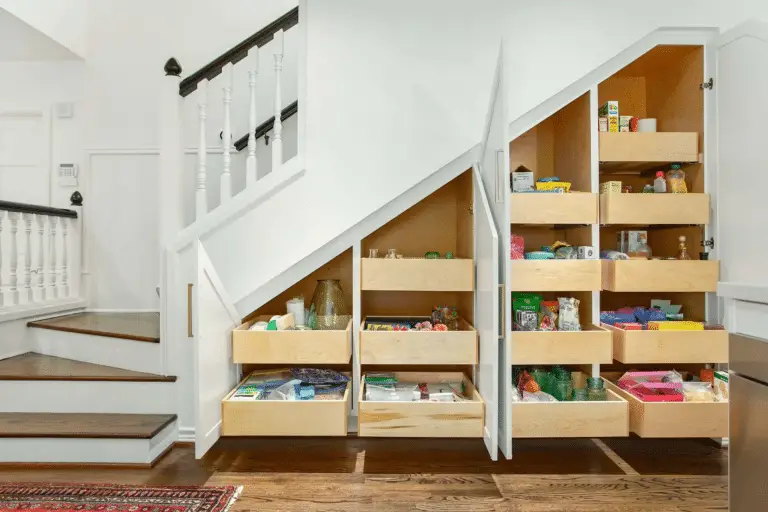Hey there, are you looking to transform your pantry into a functional and organized space? In this blog post, we’ll dive into the importance of converted pantry spaces and how they can provide extra storage room in your home.
We’ll explore the essentials of designing a pantry, storage solution ideas, tips for maintaining organization, and even showcase successful case studies for inspiration. Get ready to maximize your pantry’s potential with these storage solutions for converted pantry spaces!
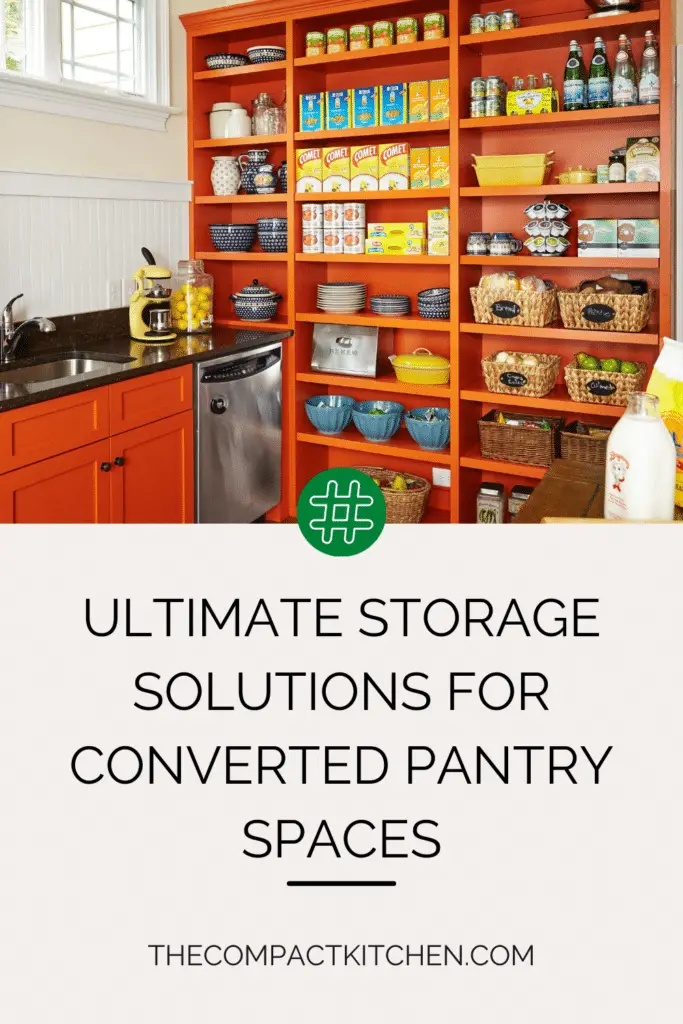
Understanding the Need for Converted Pantry Spaces
When it comes to designing a functional and organized home, having a pantry space is essential. A pantry serves as a dedicated area for storing food items, kitchen supplies, and other essentials. It not only helps in keeping your kitchen clutter-free but also makes meal prep and cooking more efficient.
However, not all homes come with a designated pantry space. This is where the concept of converted pantry spaces comes into play. By repurposing a small closet, unused corner, or even a section of your kitchen, you can create a customized pantry that meets your storage needs.
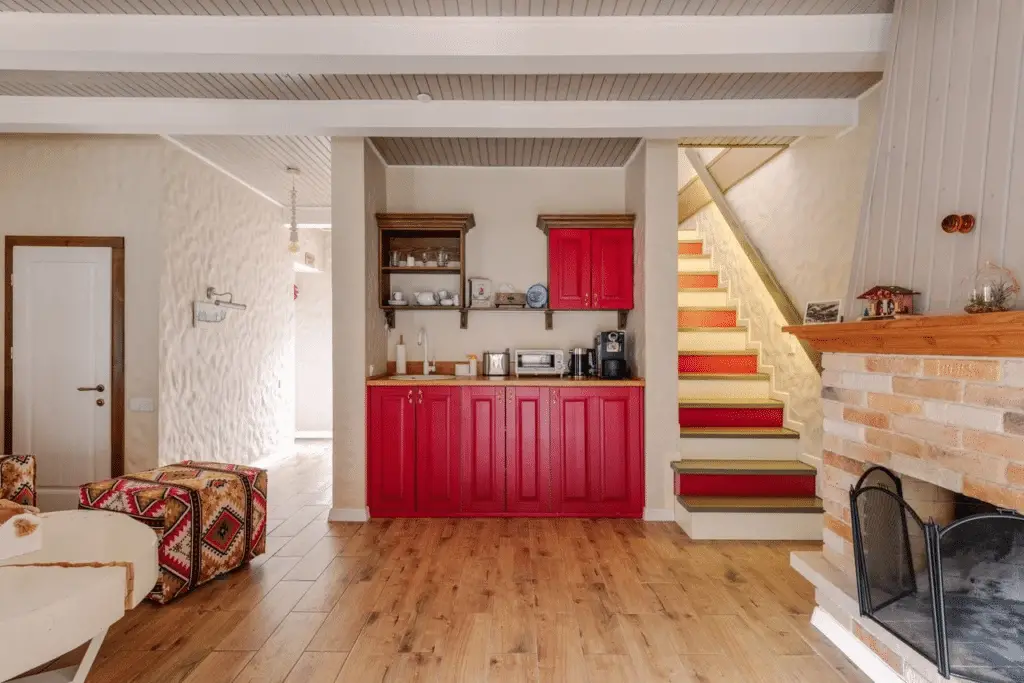
Converted pantry spaces provide an extra room for storage, allowing you to store bulk items, small appliances, and cookware in an organized manner. With thoughtful planning and smart storage solutions, you can make the most of limited space and create a pantry that is both functional and aesthetically pleasing.
The Essentials of Designing a Converted Pantry Space
When it comes to designing a converted pantry space, there are several key elements to consider to ensure both functionality and efficiency. From the location of the pantry to the size and accessibility, every detail plays a crucial role in creating a well-organized storage area.
Location Matters
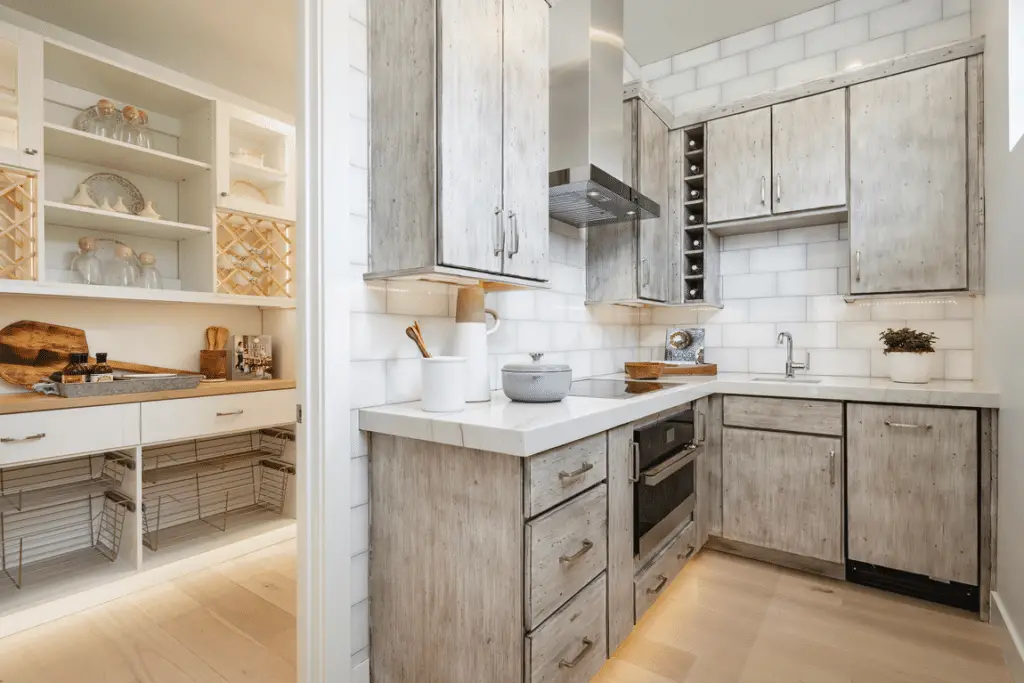
The location of your converted pantry space can greatly impact its usability. Ideally, the pantry should be located near the kitchen for easy access to cooking essentials. Placing it in a central location can also make it convenient for storing non-perishable items like canned goods and spices.
Size and Accessibility
When determining the size of your pantry, consider the amount of storage space needed based on your household’s needs. A larger family may require more shelving units and cabinets compared to a smaller household. Additionally, incorporating accessibility features such as pull-out drawers and lazy Susans can make it easier to reach items stored in the back of the pantry.
Shelving Units, Drawers, and Cabinets

Choosing the right shelving units, drawers, and cabinets is essential for maximizing storage space in your converted pantry. Adjustable shelves allow you to customize the layout based on the height of items being stored. Pull-out drawers provide easy access to items stored in the back, while cabinets can hide larger items that may clutter the space.
When selecting materials for your pantry shelves and cabinets, opt for durable and easy-to-clean materials like wood or wire shelving. Consider incorporating sliding doors or open shelving for a modern and functional look that allows for quick retrieval of items.
Storage Solution Ideas for Converted Pantry Spaces
When it comes to maximizing the efficiency and functionality of your converted pantry space, the key lies in the storage solutions you utilize. By implementing strategic storage ideas, you can make the most of the available space and keep your pantry organized and clutter-free. Let’s delve into some innovative storage solutions that can transform your pantry into a well-organized storage oasis.
1. Vertical Shelving
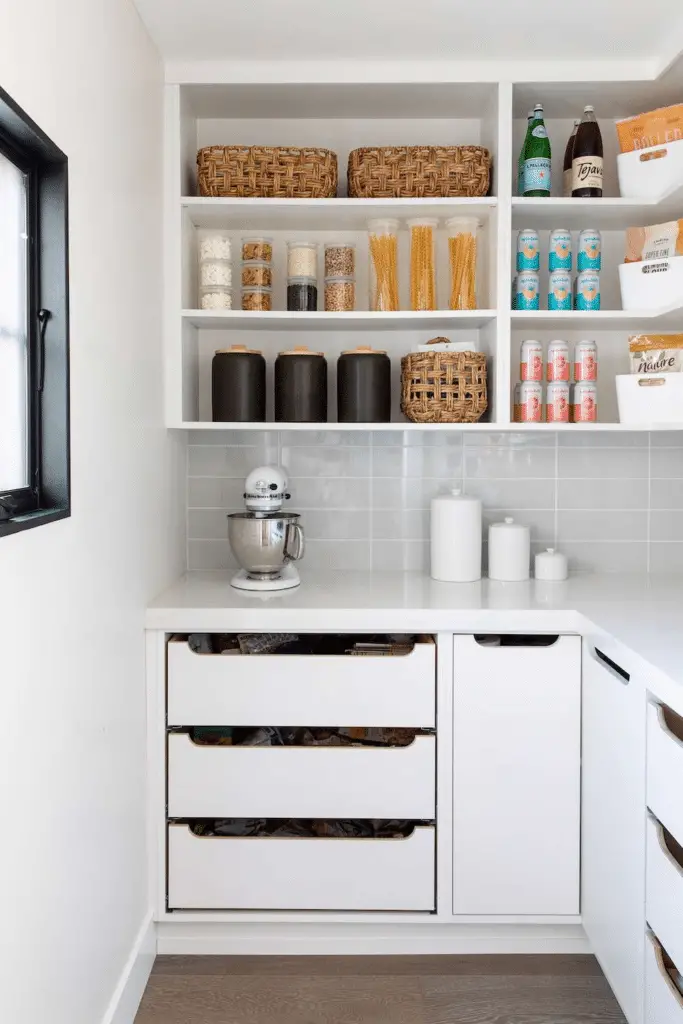
One of the most effective ways to make use of vertical space in your pantry is by installing tall shelving units. Vertical shelving allows you to store items efficiently from floor to ceiling, making full use of the available height. This not only maximizes storage capacity but also makes it easier to see and access items stored at different levels.
2. Adjustable Shelves
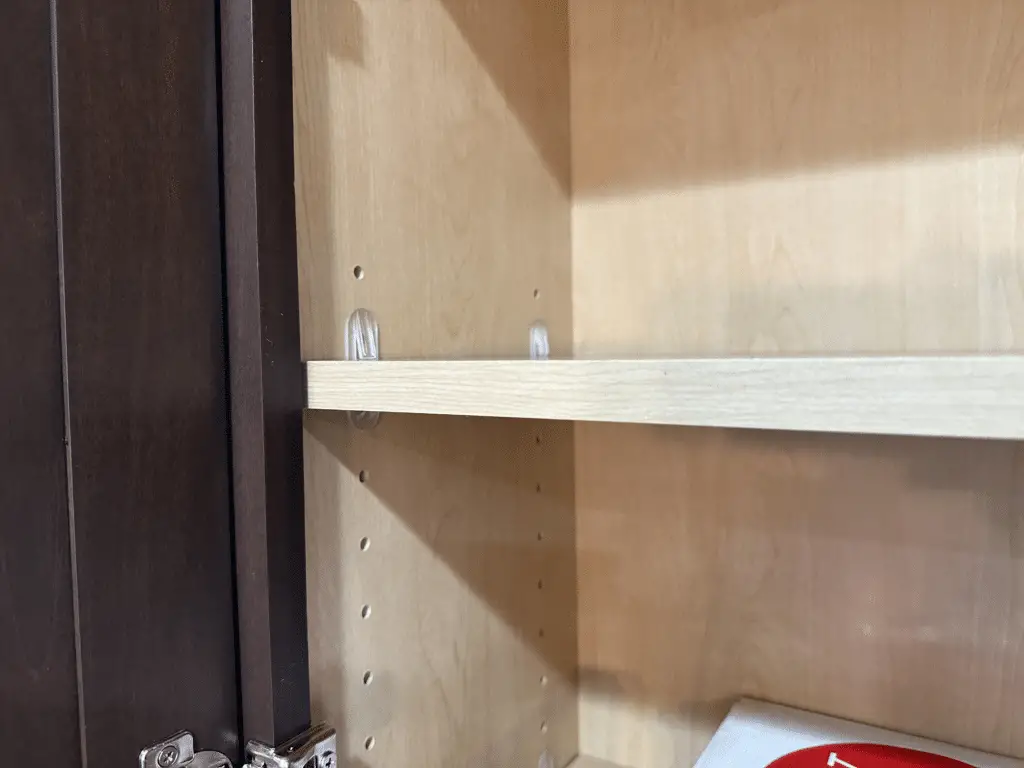
Consider incorporating adjustable shelves in your pantry design to accommodate items of various sizes. This flexible storage solution allows you to customize the shelf heights based on the items you need to store, ensuring that every inch of space is utilized effectively. Adjustable shelves can be easily reconfigured as your storage needs change over time.
3. Pull-Out Drawers
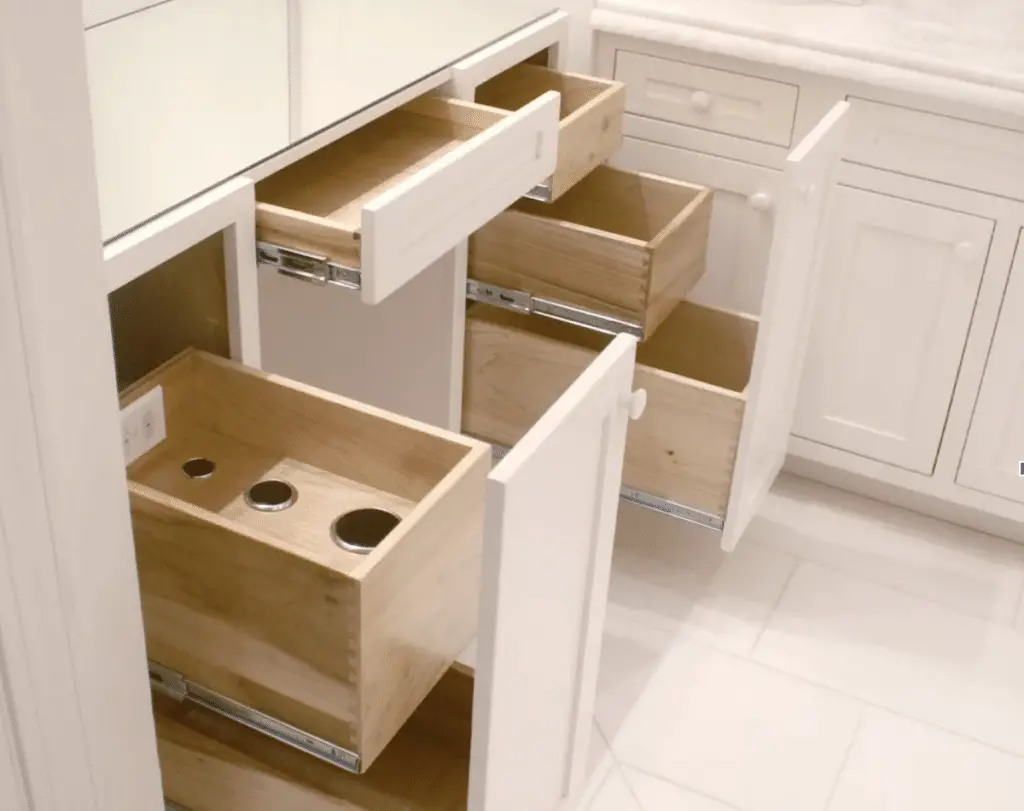
Pull-out drawers are an excellent addition to any pantry space, offering convenient access to stored items without the need to rummage through cluttered shelves. These drawers provide a designated spot for smaller items, such as spices, condiments, or snacks, keeping them organized and easily reachable. Pull-out drawers also help maximize storage space by utilizing the depth of the pantry shelves efficiently.
Categorizing Pantry Items
In addition to implementing various storage solutions, it is essential to categorize pantry items for easy access and organization. By grouping similar items together, such as canned goods, baking supplies, and snacks, you can create designated zones within your pantry. This not only streamlines the process of finding specific items but also helps maintain order and prevent overcrowding in the space.
When categorizing pantry items, consider using clear containers or bins to store loose items like pasta, grains, or snacks. Transparent containers allow you to see the contents at a glance, making it easier to identify and retrieve items when needed. Labeling containers with the contents or expiration dates further enhances organization and ensures that items are used before they expire.
By combining strategic storage solutions with thoughtful categorization of pantry items, you can create a well-organized and functional space that meets your storage needs efficiently. Remember, the key to a successful converted pantry space lies in maximizing storage capacity while maintaining order and accessibility. With these storage solution ideas in mind, you can transform your pantry into a clutter-free and organized storage haven.
Tips on Maintaining an Organized Converted Pantry Space
Maintaining an organized converted pantry space is crucial to ensure that it continues to serve its purpose effectively. Without proper organization and upkeep, your pantry can quickly become cluttered and inefficient. Here are some valuable tips on how to keep your converted pantry space neat and organized.
Importance of a Regular Cleaning Schedule for the Pantry
One of the most important aspects of maintaining an organized pantry is to have a regular cleaning schedule. Set aside time every few weeks to go through your pantry and assess what needs to be discarded, what needs to be used before it expires, and what needs to be replenished. Cleaning out expired items not only frees up space but also ensures that you are not consuming anything past its prime.
Suggestions for Smart Storage Practices
In addition to cleaning out your pantry regularly, implementing smart storage practices can help you maintain an organized space. One effective strategy is to use clear containers for storing items such as grains, cereals, and snacks. Clear containers not only provide easy visibility of the contents but also help maintain freshness by sealing out air and moisture.
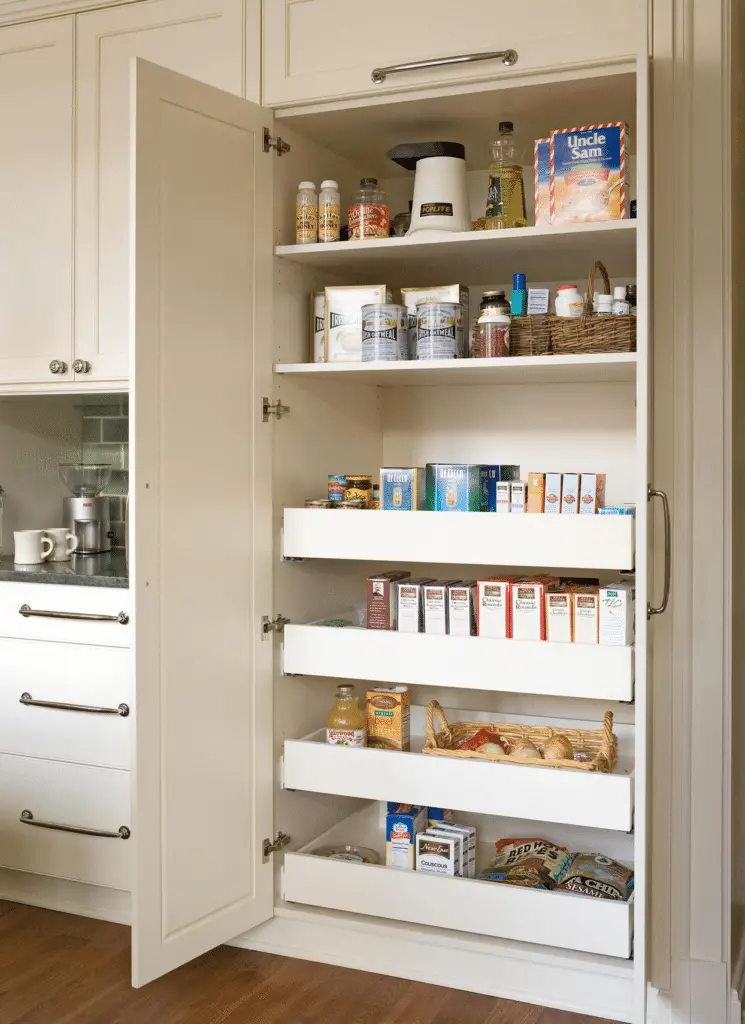
Labeling items is another simple yet effective way to keep your pantry organized. Invest in a label maker or simply use adhesive labels to mark containers with the name of the contents and the expiration date. This not only helps you quickly locate items when you need them but also ensures that you use ingredients before they go bad.
Consider using storage bins, baskets, or drawer organizers to group similar items together. For example, designate a bin for baking supplies, another for canned goods, and a separate one for snacks. This not only makes it easier to find what you need but also prevents items from getting jumbled together and lost in the back of the pantry.
Case Studies: Successful Converted Pantry Storage Solutions
When it comes to renovating a pantry space, sometimes seeing real-life examples can provide the inspiration needed to kickstart your own project. In this section, we will delve into some case studies of successful converted pantry storage solutions that have transformed cluttered spaces into organized havens.
Example 1: The Smith Family Pantry Makeover
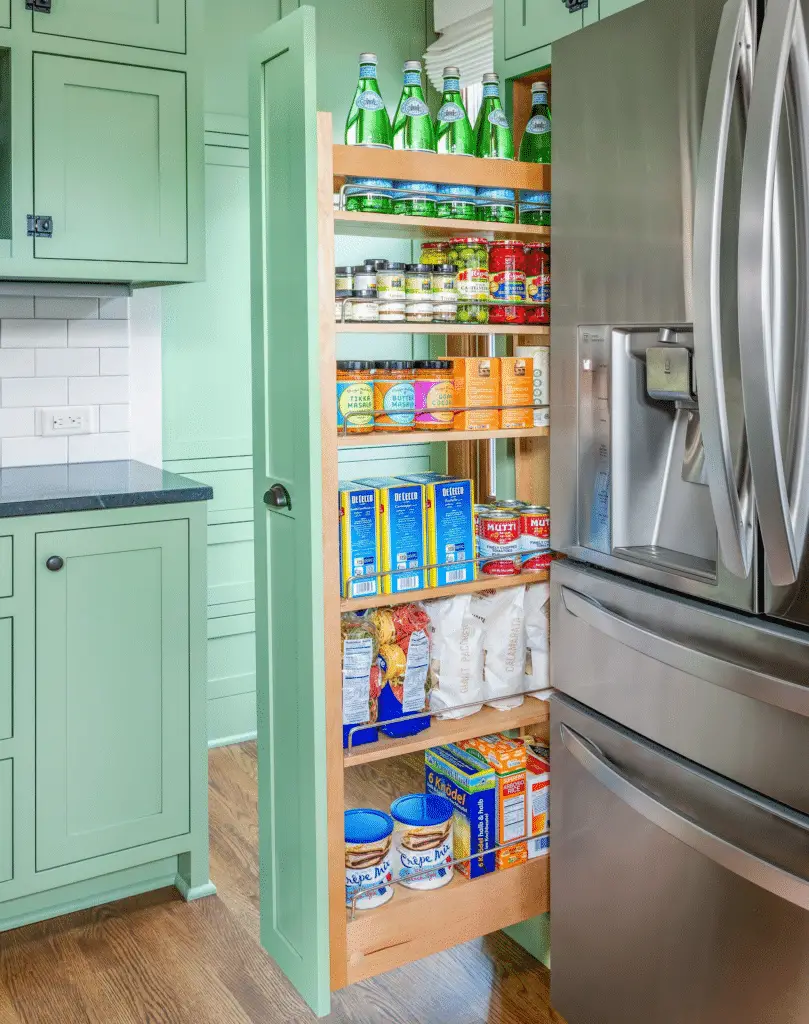
The Smith family was struggling with a small, disorganized pantry that made it difficult to locate items when cooking or meal planning. They decided to invest in a pantry renovation to maximize the space and improve the overall functionality of the area. By installing custom shelving units, pull-out drawers, and clear containers, they were able to create designated zones for different food categories. This not only made it easier to find items quickly but also enhanced the visual appeal of the pantry.
Key Takeaways:
– Custom shelving units can optimize vertical space and accommodate items of various sizes.
– Pull-out drawers provide easy access to items stored in the back of shelves.
– Using clear containers and labeling them can help maintain visibility and organization.
Example 2: The Johnsons’ Pantry Layout Redesign
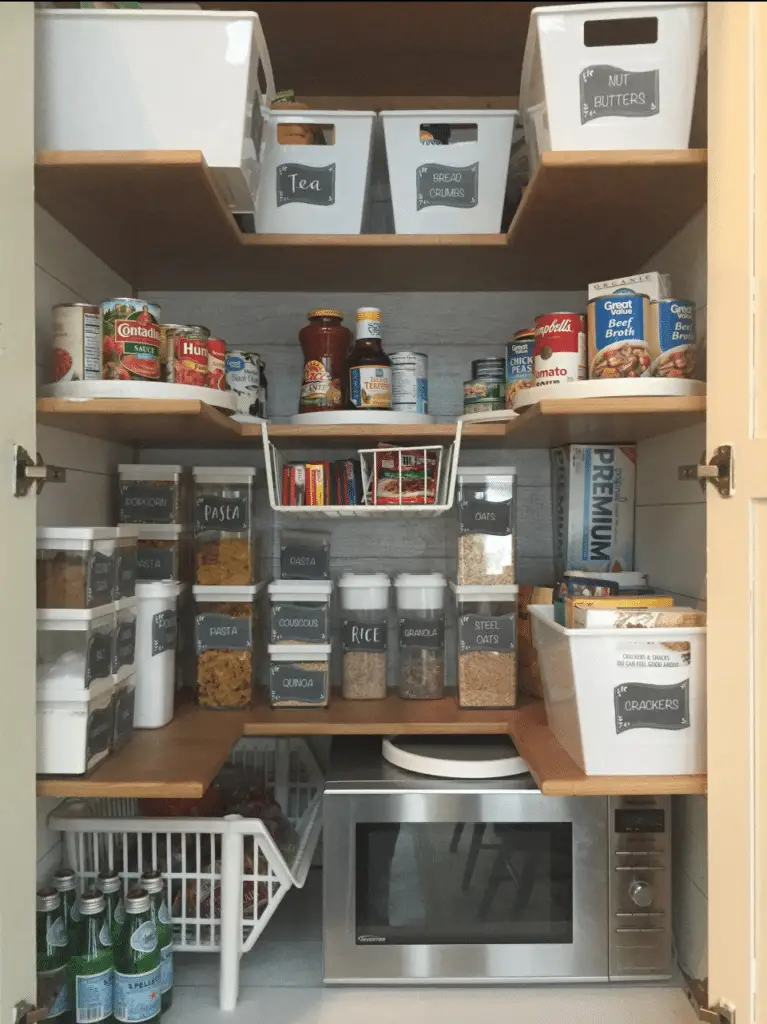
The Johnson family had a walk-in pantry with deep shelves that made it challenging to reach items at the back. They decided to redesign the layout by incorporating adjustable shelves and adding sliding storage baskets. By categorizing items based on frequency of use and creating designated zones for different types of food, they were able to streamline their pantry storage effectively. The addition of under-shelf lighting and a chalkboard wall for jotting down grocery lists further enhanced the functionality of the space.
Key Takeaways:
– Adjustable shelves allow for customization based on individual storage needs.
– Sliding storage baskets make it easier to access items stored in deep shelves.
– Categorizing items and creating designated zones can help maintain a clutter-free pantry.
By examining these case studies, readers can gain valuable insights and practical tips that they can apply to their own pantry renovation projects. Whether it’s maximizing vertical space, incorporating smart storage solutions, or enhancing visibility and organization, these successful examples serve as a blueprint for transforming converted pantry spaces into efficient and aesthetically pleasing storage areas.
Wrapping It All Up: Organizing Your Converted Pantry Space
In conclusion, creating a converted pantry space is not only practical but also beneficial for any home. By carefully designing and organizing your pantry, you can maximize storage capacity and improve accessibility.
Remember to categorize items, maintain a cleaning schedule, and utilize smart storage solutions like clear containers. Draw inspiration from real-life success stories to elevate your own pantry project. With these tips and tricks, your converted pantry space will be the envy of all organized homes!



